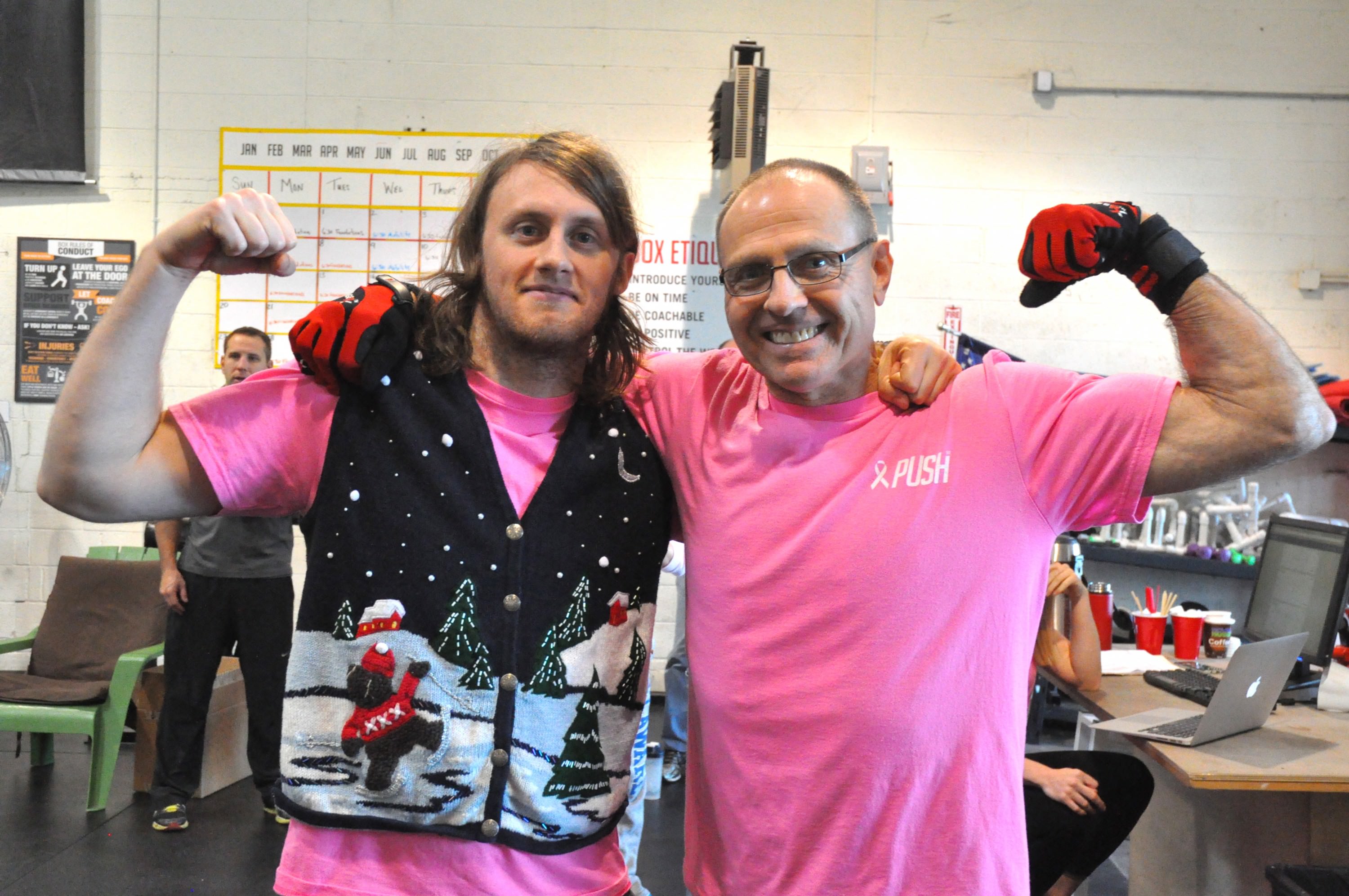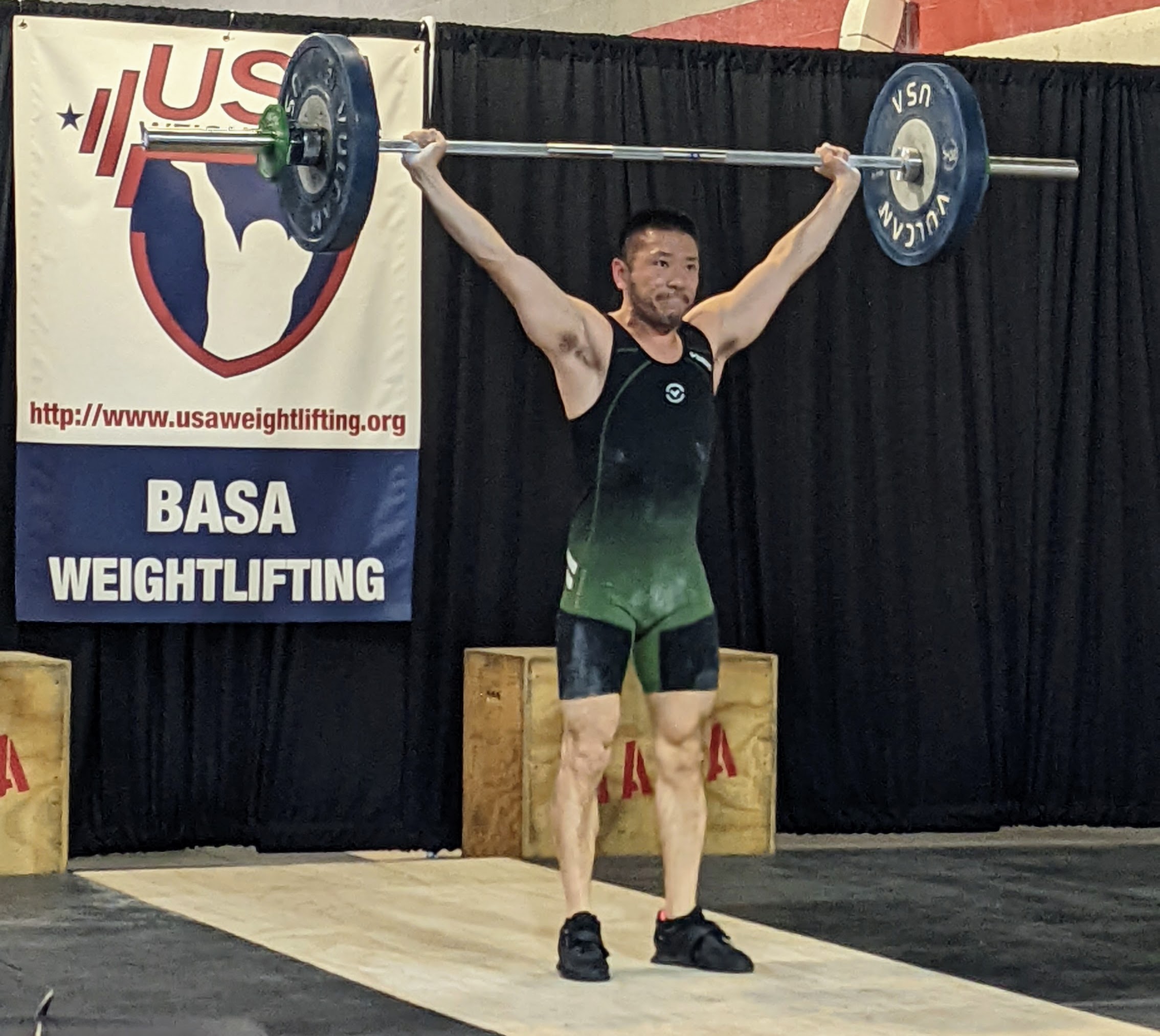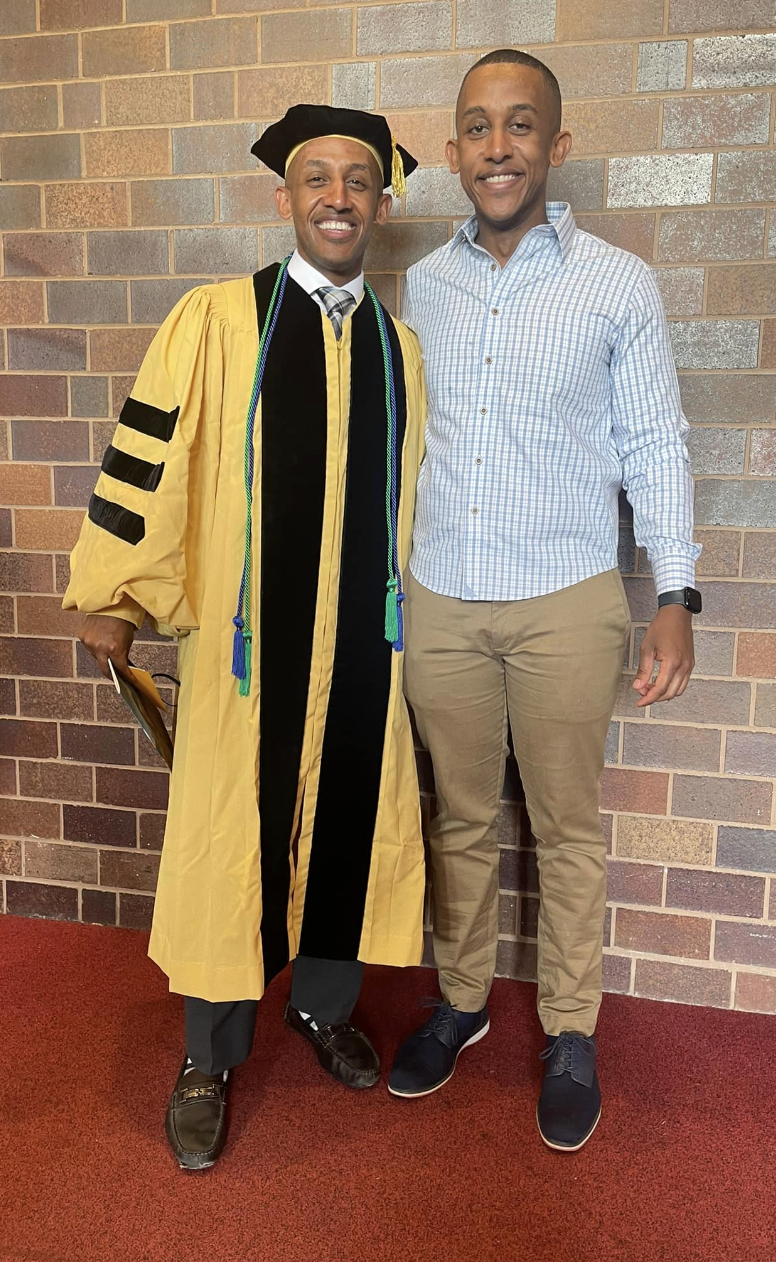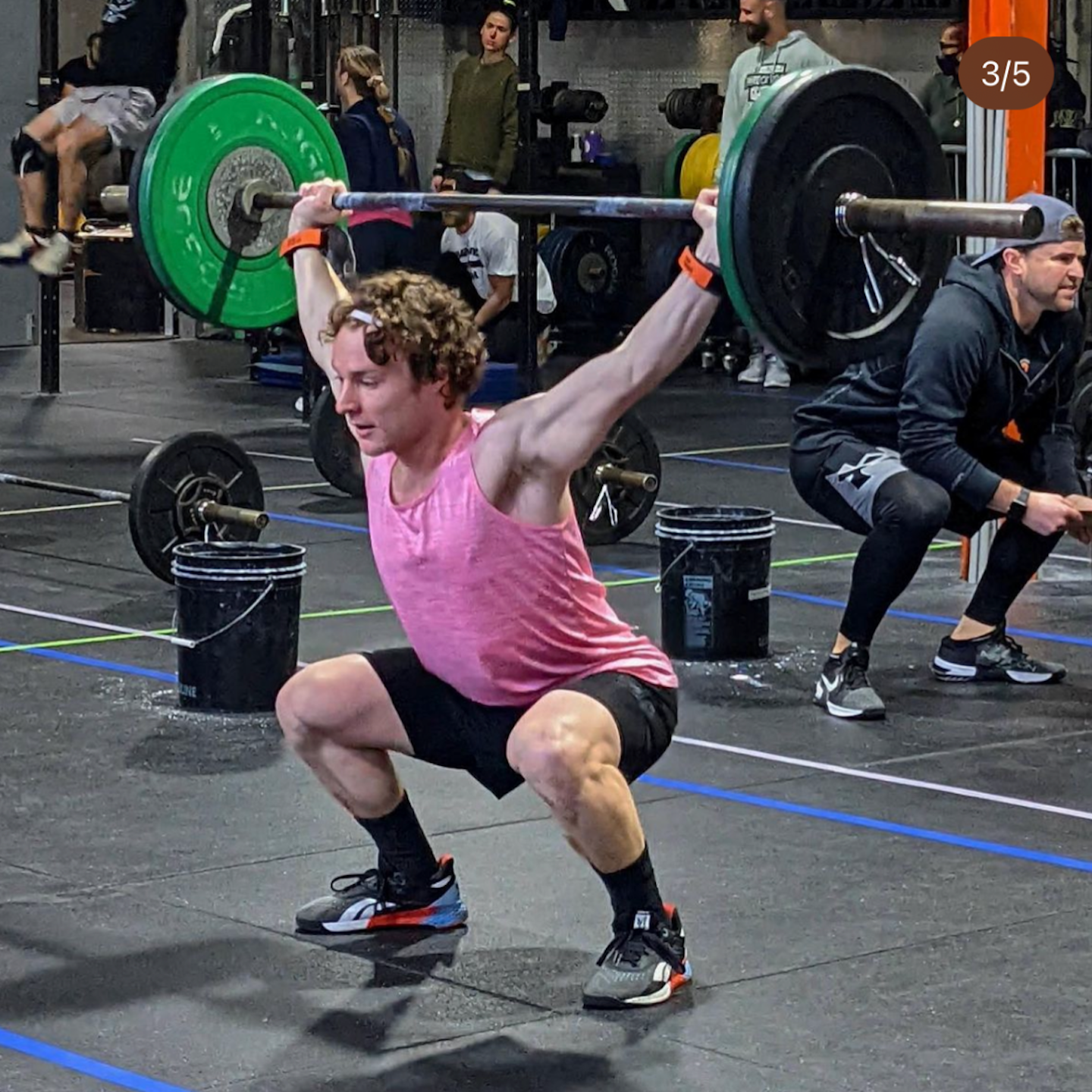
This guide encapsulates the principles of endurance, strength, and flexibility, which are integral to maintaining fitness in later life stages. The guide expounds scientifically-backed methods, offering practical and adaptable exercises to cater to individual abilities and needs. It serves as a critical resource for older athletes seeking to sustain their active lifestyle, improve performance, and boost their overall quality of life. This comprehensive guide bridges the gap between fitness and age, underscoring the importance of functional fitness in promoting health and longevity.
Key Takeaways
- Adequate mobility is crucial for safe and effective CrossFit training for older athletes.
- Flexibility directly impacts the mobility required for effective and safe CrossFit performance.
- Specific CrossFit exercises can target joint health and improve mobility for older athletes.
- Mobility exercises enhance joint health and reduce the risk of injuries for older athletes.
Understanding Mobility in CrossFit
One essential factor in mastering CrossFit, especially for older athletes, is understanding the crucial role that mobility plays in performing exercises safely and effectively. Mobility, in this context, refers to the ability to move joints through their complete range of motion. This ability can be compromised by age-related changes in muscle mass, strength, and flexibility. Adequate mobility allows for proper form during CrossFit exercises, decreasing the risk of injury and enhancing performance. It is not simply about stretching but incorporates dynamic movements and specific exercises to improve joint flexibility, muscular strength, and balance. Understanding and addressing mobility issues is a critical step in a successful CrossFit journey for older athletes, as it underpins safe and effective training.
Importance of Flexibility in Aging Athletes
As athletes age, their muscle elasticity naturally decreases, which can limit their range of motion and inhibit their ability to execute CrossFit movements with precision. By prioritizing flexibility, older athletes can help counteract these physiological changes, enhancing their ability to perform complex movements, reducing their risk of injury, and promoting overall physical longevity. Incorporating stretching and mobility exercises into their training routine can be particularly beneficial. Moreover, flexibility improves balance and coordination, crucial aspects for mastering CrossFit. While aging is inevitable, the decline in athletic performance can be mitigated with a dedicated focus on maintaining and improving flexibility.
CrossFit Exercises for Joint Health
- Squats: This functional movement builds strength in the knees and hip joints.
- Push-ups: A classic exercise that strengthens the shoulder joints.
- Kettlebell swings: This dynamic movement enhances hip mobility and lower back strength.
- Rowing: A low-impact exercise that promotes shoulder and knee joint health.
Reducing Injury Risks With Mobility
A strategic selection of mobility exercises can significantly reduce injury risks. Here is a table illustrating three recommended exercises:
| Exercise | Benefit |
|---|---|
| Dynamic Stretching | Warms up the muscles, and prepares the body for intense activity. |
| Foam Rolling | Releases muscle tightness, and improves blood circulation. |
| Yoga Poses | Enhances flexibility, strengthens the core, and promotes balance. |
Incorporating such exercises can help older athletes perform CrossFit safely, enhancing performance while minimizing injury risks.
Age-Specific CrossFit Mobility Tips
- Incorporate dynamic warm-ups to increase muscle temperature and blood flow, enhancing flexibility and reducing injury risk.
- Prioritize mobility exercises focusing on common problem areas for older adults such as hips, knees, and shoulders.
- Include balance-enhancing movements to fight age-related balance decline and prevent falls.
- Emphasize recovery and rest periods, allowing ample time for muscle healing and growth.
These strategies help older athletes maintain their CrossFit routines while addressing age-specific physical needs, promoting longevity and health in their fitness journey.
Incorporating Stretching Into Your Crossfit Routine
An older athlete's CrossFit routine can significantly benefit from the inclusion of targeted stretching exercises. This practice enhances flexibility, reduces the risk of injuries, and aids in muscle recovery. Prior to the workout, dynamic stretches such as arm circles, hip circles, and leg swings can prepare the body for the upcoming physical exertion. Post-workout, static stretches that focus on your hamstrings, shoulders, and hips can help alleviate muscle tightness, promoting faster recovery. Incorporating yoga poses like Downward Dog and Child's Pose can also be beneficial. These stretching sessions should not be rushed; holding each stretch for at least 30 seconds allows your muscles to fully extend and relax. By integrating these stretching strategies, older athletes can optimize their CrossFit performance while minimizing potential physical strain.
Mobility Equipment Recommendations
-
Foam roller: This versatile tool aids in muscle recovery and flexibility. It helps to alleviate muscle tension and improve blood circulation.
-
Resistance bands: These bands are excellent for stretching and strengthening activities. They come in various resistance levels, making them customizable to each athlete's needs.
-
Yoga blocks: Utilizing yoga blocks during stretching can help older athletes achieve a deeper stretch, improving flexibility and stability.
-
Massage balls: Ideal for targeting specific muscle groups, they are effective in relieving muscle tension and promoting recovery.
These tools can enhance your CrossFit training by aiding in mobility and reducing the risk of injury, promoting a more effective and safer workout routine.
Mobility-Focused CrossFit Routines
- Dynamic stretching: This routine includes leg swings, arm circles, and torso twists to warm up muscles and increase the range of motion.
- Strength training: Exercises like squats, lunges, and push-ups help build muscle strength and endurance.
- Balance exercises: Implementing movements such as single-leg stands and heel-to-toe walks can improve stability.
- Cool-down stretches: Crucial to minimizing muscle stiffness post-workout, these include hamstring stretches and shoulder rolls.
With consistent practice, these routines can lead to significant improvements in mobility, promoting longevity and resilience in older athletes.
Nutritional Tips for Enhanced Mobility
Incorporating these nutrients in your diet can significantly improve your mobility and performance. However, remember that nutritional needs are individual. It is important to consult with a healthcare professional or dietitian to tailor a diet plan that fits your specific needs and goals.
Practical CrossFit Modifications for Seniors
- Lower Weight Loads: Seniors can still maintain intensity by performing more repetitions with lighter weights.
- Modified Movements: Some movements can be altered to be less strenuous on joints, such as swapping box jumps for step-ups.
- Pacing: Older athletes should be encouraged to move at a pace they find comfortable and sustainable.
- Rest Periods: Incorporating longer rest periods can help prevent overexertion and injury.
Each modification aims to optimize the physical benefits of CrossFit while minimizing the risk of injury, fostering both the health and confidence of senior athletes.
The Role of Rest and Recovery
Integrating appropriate rest and recovery strategies into a senior athlete's CrossFit routine can lead to improved mobility, decreased injury risk, enhanced performance, and overall better health outcomes.
Conclusion
By emphasizing flexibility, strength, and endurance, and offering tailored exercises, older athletes can enhance their performance and quality of life. The guide underscores the importance of nutrition, rest, and injury prevention, and is a valuable resource for promoting longevity and health through functional fitness.


